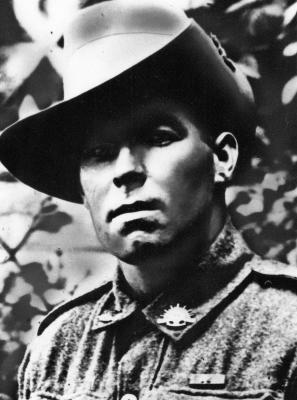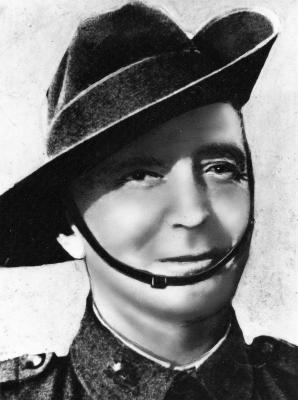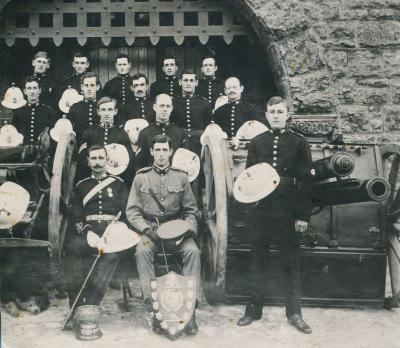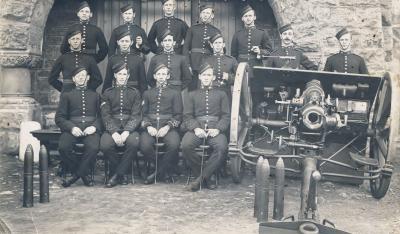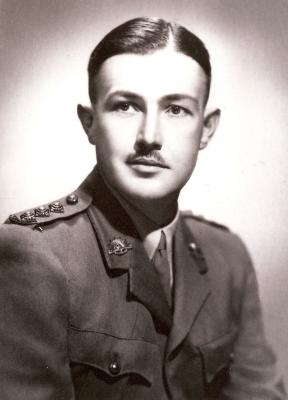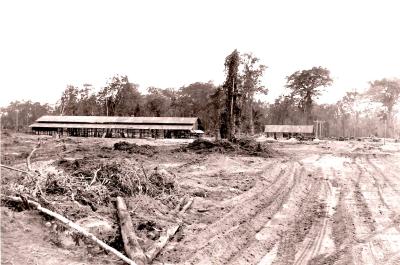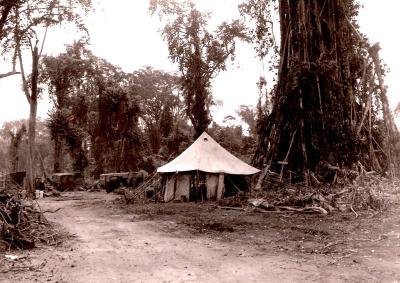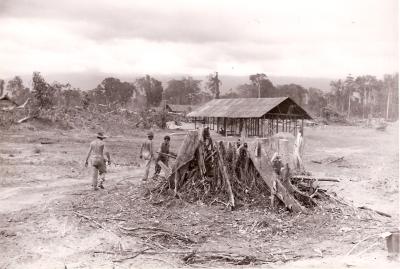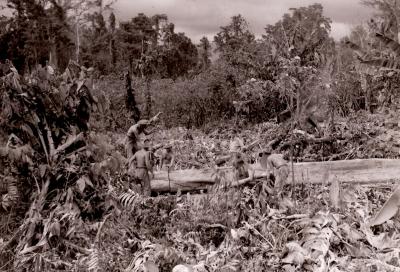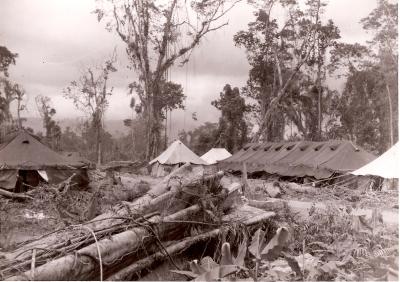World War 1, England, MURRAY, 1918
1918Studio portrait of 315 Major H Murray Victoria Cross
Harry Murray was born at Launceston, Tasmania, on 1 December 1880. As a youth he helped run the family farm. He was also interested in the military and joined a militia unit, the Australian Field Artillery, in Launceston.
Murray moved to Western Australia at the age of 19 or 20 where he worked as a mail courier on the goldfields. When he enlisted in the AIF as a private on 30 September 1914, he was employing timber-cutters for the railways in the south west of Western Australia. He landed at Gallipoli on 25 April 1915 as a member of one of the 16th Battalion's two machine-gun crews. Murray was wounded several times, spent June in hospital, was promoted to lance corporal on 13 May and won the Distinguished Conduct Medal for his bravery between 9-31 May. He was wounded again on 8 July and a month later experienced a remarkable series of promotions. On 13 August he was made a sergeant, commissioned second-lieutenant and transferred to the 13th Battalion.
By 1 March 1916 Murray had reached the rank of captain and soon after sailed for France with the 13th Battalion. On the Western Front Murray defied the statistics, participating in each of his unit's major actions and surviving. He received the Distinguished Service Order for his role in the fighting at Mouquet Farm, where he was twice wounded. His wounds kept Murray from the front until October.
Four months later, on the night of 4-5 February, Murray led his company's attack on Stormy Trench, near Gueudecourt. Over almost 24 hours they repelled counter-attacks, fought in merciless close quarter battles and suffered under intense shell-fire. Some 230 members of the Battalion were killed in the fight and Murray won the Victoria Cross.
In March 1918 he was promoted to lieutenant colonel and given command of the 4th machine gun battalion. He remained in this position until the end of the war. In April during the attack on Bullecourt Murray won a bar to his Distinguished Service Order. In October 1918 Murray was awarded the French Croix de Guerre and in May 1919 was promoted to CMG.
With the fighting over, Murray toured England studying agricultural methods. His service in the AIF ended on 9 March 1920 and he settled on a grazing property at Muckadilla in Queensland. The following year he married Constance Cameron, but the marriage lasted just a few years and in 1925 he moved to New Zealand where he married Ellen Cameron. The couple returned to Queensland in 1928 and purchased another grazing property at Richmond.
Murray enlisted for service during the Second World War and commanded the 26th Battalion in north Queensland until August 1942. He retired from the army in early 1944. Regarded as a shy and modest man, he was described as the most distinguished fighting officer of the AIF. Murray died of a heart attack following a car accident on 7 January 1966.
Details
Details
Australian Army Museum of Western Australia
Australian Army Museum of Western Australia
Other items from Australian Army Museum of Western Australia
- World War 1, Europe Western Front, 28 Battalion, GABBY VC,1917
- World War 1, Europe, 33 Battalion, CARROLL VC 1917
- World War 2, Europe, GRATWICK, 1943
- Australia Western Australia Perth Swan Barracks, Australian Field Artillery, 1909
- Australia Western Australia Perth Swan Barracks, Australian Field Artillery, 1909
- World War 2, Australia Western Australia, THOMPSON, 2/28 Battalion, 1942
- World War 1, Australia Western Australia Guildford, COURTNEY, 1917
- World War 2, Papua New Guinea, 2/1 Australian General Hospital, 1945
- World War 2, Papua New Guinea Bougainville, 2/1 Australian General Hospital, 1945
- World War 2, Papua New Guinea Bougainville, 2/1 Australian General Hospital, 1945
- World War 2, Papua New Guinea, 2/1 Australian General Hospital, 1945
- World War 2, Papua New Guinea Bougainville, 2/1 Australian General Hospital, 1945

